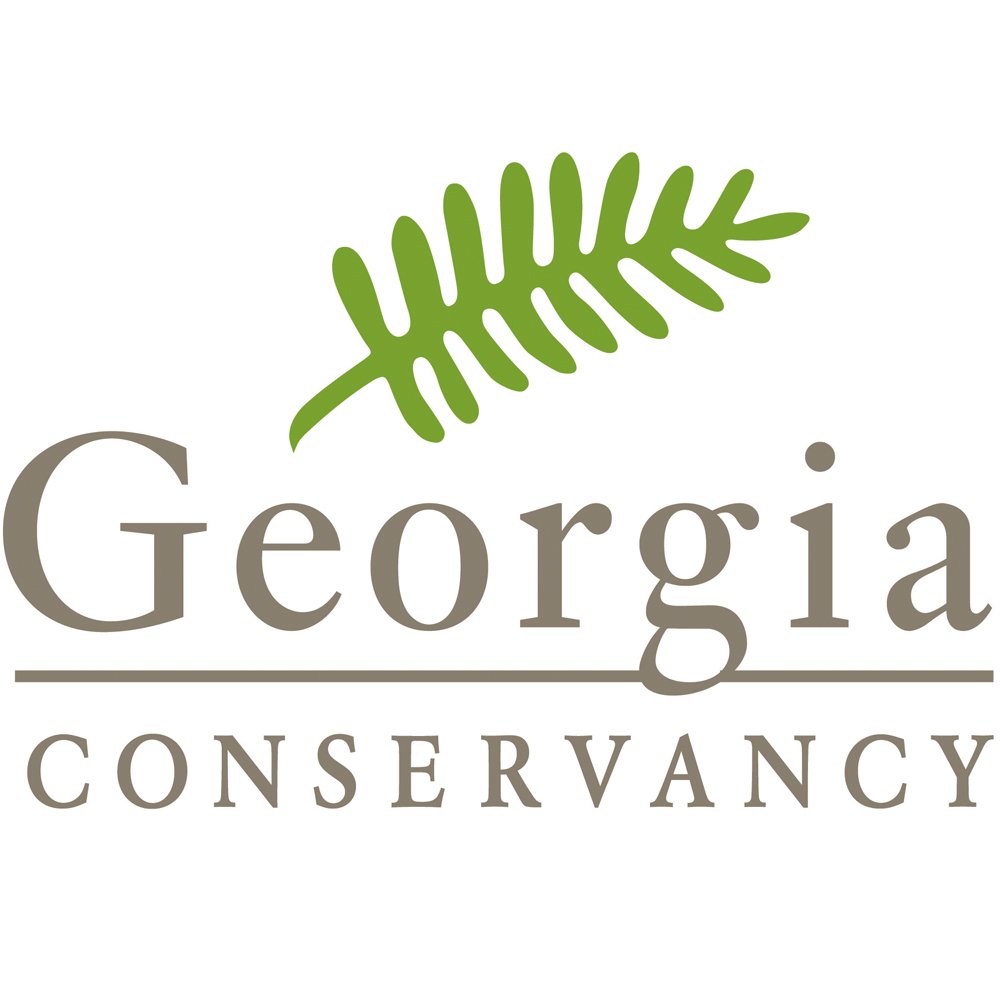Covington: The First Blueprints Workshop
by Ken Edelstein
Randy Vinson was fairly new to Covington the day he snatched an opportunity from the good people of Lawrenceville.
As a young planner with the vague title of “special projects coordinator,” Vinson had been promoting an idea that in those days was novel for Atlanta’s suburbs: Covington needed to get a handle on sprawl before new development buried its small-town character. Community leaders — notably a local banker named Rob Fowler — seemed to be listening.
Then, in 1995, Vinson attended a speech by Peter Katz, one of the founders of an emerging movement called New Urbanism. Someone at his table — a former teacher of his at Georgia Tech — was explaining that he was working with Georgia Conservancy on its Blueprints for a Successful Communities project.
Blueprints had been strictly an educational program. But the Conservancy, Professor Randal Roark explained, wanted it to evolve into an actual planning studio — using Georgia Tech faculty and students to gather public input, to study the area and to come up with “implementable ideas” for carefully selected communities.
“They wanted to do it in Lawrenceville,” Vinson recalls. “But they weren’t really getting the warm reception they wanted. And I said, ‘Well, I can get you the warm reception you’re looking for in Covington.’”
It occurred to Vinson that he might have offered up his adopted city a bit too boldly. In Fowler, though, he had an important ally. The banker had been concerned about managing growth in Covington since the 1960s, and the Fowler family was about as plugged in as you could get in Newton County.
If the two could get other leaders in the community about 35 miles east of Atlanta on board, Vinson felt certain the time was ripe do something really special for Covington’s future.
After returning from the roundtable, “I called [Fowler] first, and asked would you be willing to serve on a steering committee?”
That call set a standard for Blueprints studios that has been one of its guiding strengths: An emphasis is placed on convening key community players. They may be real estate investors or major employers. They may be community activists or church pastors. The point is to engage key players so that they can offer insights, rally followers, buy into the plan and finally help to implement it.
Covington and surrounding Newton County have since been Blueprints mainstays. Over the years, Roark has followed up with Vinson to refine and update the project. Then, in 2010, Vinson spearheaded a Blueprints for surrounding Newton County. If sticking with a program is a measure of success, then Covington fits the bill. At the same time, the experience of Covington shows just how challenging it is to reverse the larger trends that are driving development in metro Atlanta.
The first Blueprints charrette ever was held at the Future Farmers of America camp just outside Covington. “We had huge attendance, and we served food that felt very ‘Georgia’: Southern fried chicken and mashed potatoes, sweet tea.”
As planning conversations often go, it was fun — even inspirational.
“It really energized a few people in town to try to make a difference,” says Vinson. “The thing we’d keep hearing is that we love Covington and we love our rural character.”
Led by Fowler and Bill Fisher, who managed a local factory, key players rallied around what was dubbed the Covington Community Design Workshop. Roark and a studio of Georgia Tech architecture students followed up by reviewing existing plans and growth projections, then coming with a series of recommendations, and finally honing those recommendations at community meetings.
The November 1997 final report — “Workshop Covington 1” — offered up a vision remarkably ambitious for an Atlanta suburb at the time. It proposed a citywide system of paths, baby steps toward transit, zoning that would allow more mixed residential and commercial projects, and innovative financing to pay for development infrastructure. The centerpiece was a suggestion that five sites — ranging from 60 to 410 acres — be targeted for New Urbanist “village-style” developments.
Eighteen years later, measures very much like those proposals are in place across the metro area, and New Urbanist, mixed-use developments are the norm for quality developers from Senoia to Suwanee.
In Covington, Roark helped Vinson set up a Center for Community Preservation and Planning to “serve as a neutral place for collaborative planning.” At the same time, the people who were involved in “Workshop Covington 1” make no bones about what they view as the mixed success of their visionary project. Smart-growth efforts to manage growth have looked a lot like attempts to rein in a bucking bronco that was only truly slowed by the recession. Just one example: Four of those five tracts targeted for New Urbanism have gone the way of many suburban properties — developed in an unplanned fashion that encourages more sprawl and more traffic.
But with help from the Arnold Fund, a local foundation that was engaged in Blueprints, the fifth track has become a working model. Vinson and company were able to convince New Urbanist guru Andres Duany to design a walkable, mixed-use project there. After an interruption for the recession, Clark’s Grove is moving toward the third of four phases. A school, a restaurant and other small businesses are nestled among some 200 households in a compact walkable community.
“Our urbanism can be different from Atlanta’s and still be successful,” Vinson says. “We can still follow a historic small town. It works with the car. It needs to work with the car. But it’s still compact enough that it’s very walkable.”
This story appeared in the Georgia Conservancy's Summer 2015 issue of Panorama Magazine, celebrating 20 years of the Conservancy's Blueprints for Successful Communities Program.
Photo of Downtown Covington courtesy of Mark Howard




